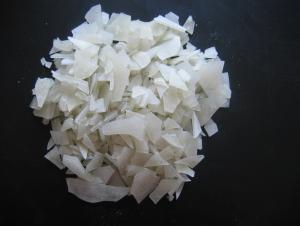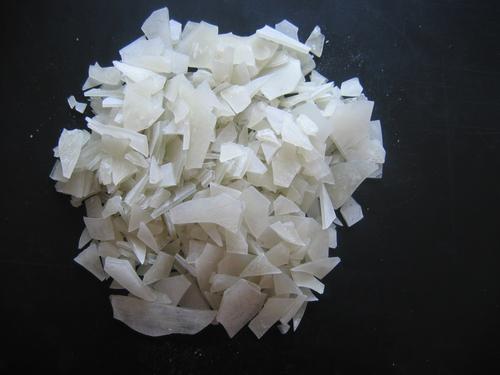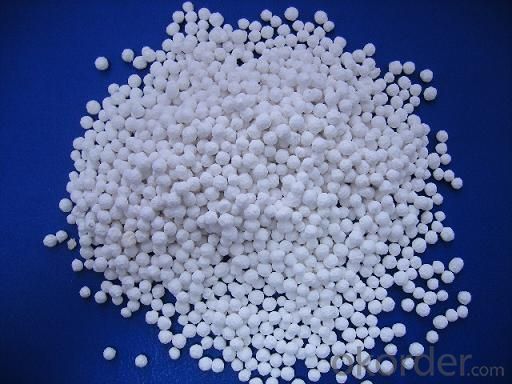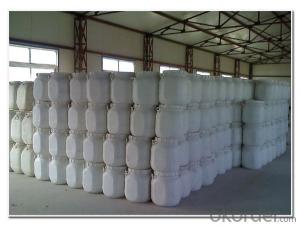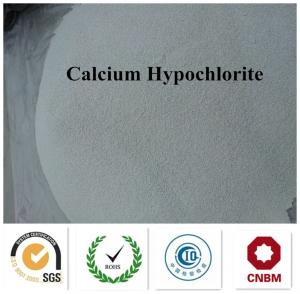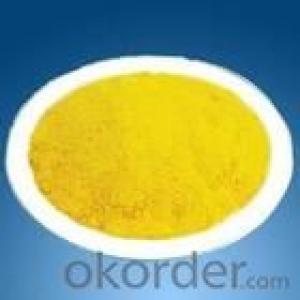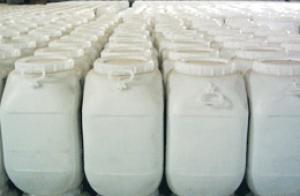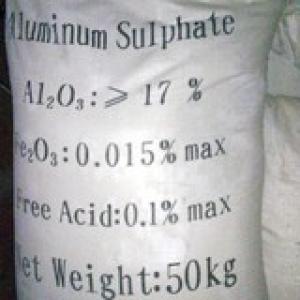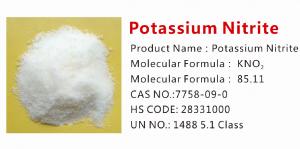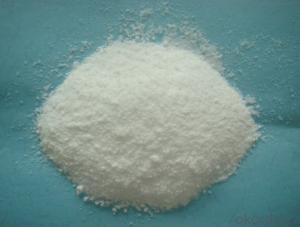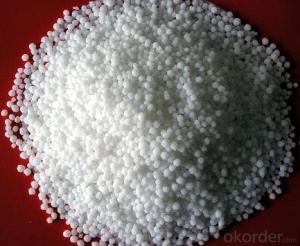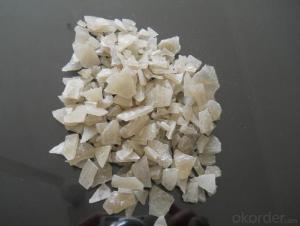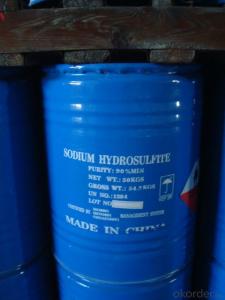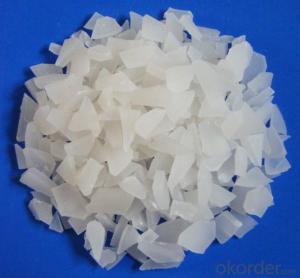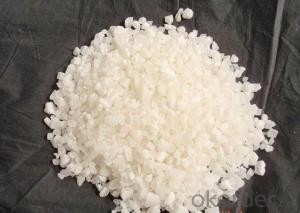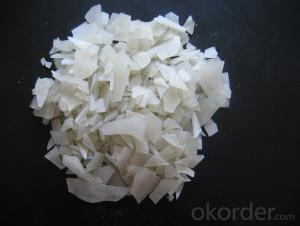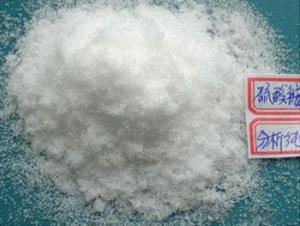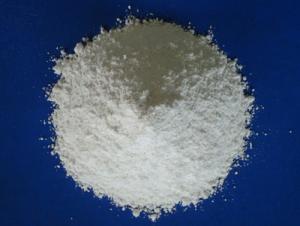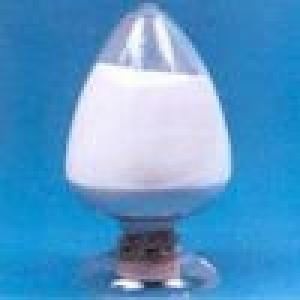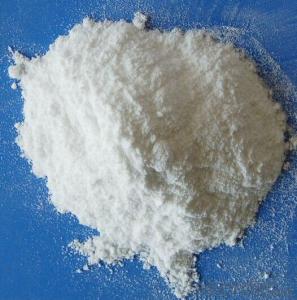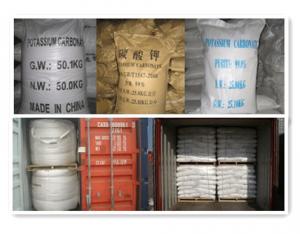Aluminum Sulfate Factory Direct Supplier
- Loading Port:
- Tianjin
- Payment Terms:
- TT OR LC
- Min Order Qty:
- 25 m.t.
- Supply Capability:
- 6000 m.t./month
OKorder Service Pledge
OKorder Financial Service
You Might Also Like
Aluminium Sulphate
Property:
It is white or grey flake,particle or massive crystallization.Apt to cake after moisture absorption when laid in air for a long time.A little green because of Fe2+ ,yellow when Fe2+ is oxided to Fe3+.Soluble in water easily,and water solution is acid.
Specification:
Item | Grande | ||
| Excellence | Grade A | Quality |
Apperance | White flake,lump,granular or powder | ||
Al2O3 % ≥ | 17.00 | 16.00 | 15.80 |
Fe % ≤ | 0.005 | 0.005 | 0.01 |
PH ≥ | 3.0 | 3.0 | 3.0 |
As % ≤ | 0.0005 | 0.0005 | 0.0005 |
Water Insoluble % ≤ | 0.1 | 0.2 | 0.3 |
Packing | PP/PE,50KG or 25KG/BAG | ||
Applications:
Water effluent treatment system It's used for purification of drinking water and wastewater treatment by settling of impurities by means of precipitation and flocculation.
Paper Industry It helps in sizing of paper at neutral and alkaline pH, thus improving paper quality (reducing spots and holes and improving sheet formation and strength) and sizing efficiency.
Textile Industry It is used for color fixing in Naphthol based dyes for cotton fabric.
Other Uses Leather tanning, lubricating compositions, fire retardants; decolorizing agent in petroleum, deodorizer; food additive; firming agent; dyeing mordant; foaming agent in firefighting foams; fireproofing cloth; catalyst; pH control; waterproofing concrete; aluminum compounds, zeolites etc.
Product name: Aluminium Sulphate or Aluminum Sulfate
Shape: Flakes or Granular or Blocky crystal or Powder
EINECS NO.: 233-135-0
CAS No.: 10043-01-3
Molecular Formula: Al2(SO4)3
Appearance: It is white flake,granular,blocky crystal or powder
Apt to cake after moisture absorption when laid in air for a long time.A little green because of Fe2+ ,
yellow when Fe2+ is oxided to Fe3+.Soluble in water easily,and water solution is acid.
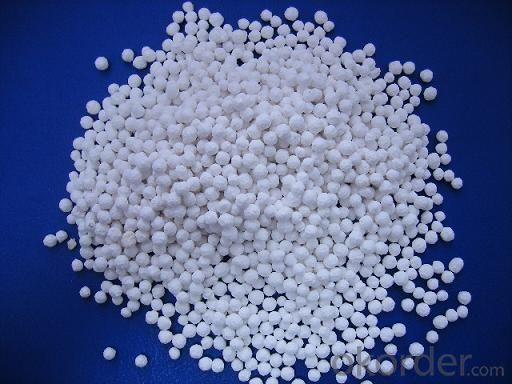
- Q: What is the difference between inorganic and inorganic salts?
- Organic matter: generally used in the biological field, especially in the agricultural sector, narrowly refers to all can be biological (including microbial and plant enzymes) decomposition of organic matter.
- Q: CuMnFeNior ZnAlso metal calcium reacts with molecular hydrogen to form a compound. Which statement concerning this compound is not true?It's formula is CaH2it is ionicsolid at room tempwhen added to water, reacts to produce h2 gaswhen added to water, forms acidic solutionMy guess was going to be that it is not ionic, but i'm not 100% positive.Can anyone help me with these chemistry questions? Or atleast point me to some webpage that might help. Please and thank you.
- Only Zn compounds form colorless or white salts. The second question would be the last answer, which is false. It forms an alkaline solution when added to water.
- Q: What is the inorganic salt in the egg
- Protein (g) 11.6 Riboflavin (mg) .31 Magnesium (mg) 15
- Q: What is the inorganic salt
- The main sources of various inorganic salts and the lack of the main performance (1) sodium sodium is the main ingredient of salt.China's nutrition society recommended adults over 18 years of age sodium intake of 2.2 grams per day, the elderly should take light food Sodium is commonly found in a variety of foods. The main sources of sodium are sodium, soy sauce, pickled foods, smoked foods, salty foods, etc. (2 Calcium is an important part of bone. Disease, osteoporosis, etc .. China Nutrition Society recommended adults aged 18-50 adult calcium intake of 800 mg per day; 50 years of age in the elderly 1000 mg.General calcium-rich foods are milk, yogurt, Oatmeal, sea cucumber, shrimp, wheat, soybean meal, soy products, lily, etc. (3) magnesium is the necessary elements to maintain the structure and function of bone cells.Magnesium deficiency can lead to nervous tension, emotional instability, muscle tremor and so on. (4) Phosphorus is an important part of the composition of bones and teeth. (4) Phosphorus is an important component of bone and teeth. (4) Phosphorus is an important component of bone and teeth. Severe phosphorus deficiency can lead to anorexia, anemia, etc. China Nutrition Society recommended adults over 18 years of age the appropriate intake of phosphorus is 700 mg. Common phosphorus-containing foods are lean meat, eggs, milk, animal offal, kelp, Nuts, coarse grains. (5) Iron is the most content of trace elements in the human body, iron and the human body's life and its health are closely related to iron deficiency will lead to iron deficiency anemia, immunity decreased. China Nutrition Society recommended 50 years old More than men's or women's iron daily intake of 715 mg. Common iron-rich foods are animal liver, kidney, caviar, lean meat, potatoes, wheat bran.
- Q: Octopus why the lack of boron-containing inorganic salts can cause rape to flow only without fruit
- Boron has a great influence on the reproductive process of plants, which can accelerate pollen differentiation and pollen tube elongation. In the absence of boron, pollen tube germination is affected, poor fertilization, which leads to the formation of seeds affected, the reduction of growth hormone produced by the reduction of growth hormone will affect the formation of fruit.
- Q: Determination of the existence of inorganic salts in the soil, in the filter, should pay attention to the matter
- Three by: the beaker close to the glass rod;
- Q: Is all the inorganic salts in the body related to life activities?
- Sugar is the most important material for the human body, all the activities of the human body, including learning, walking, digestion and breathing, etc., which are the most important substances in the human body. Consumption of energy (about 70%) mainly from the carbohydrates, fat is the body of the energy material, the protein is the basic material of human cells, but also to provide energy, vitamins are neither the main raw material of the organization, nor the supply of energy Material, but it has an important role in the life activities of the human body; inorganic salts constitute an important raw material of human tissue, water is the main component of cells. Which protein, sugar, fat, vitamins can burn for organic matter, and water, inorganic salts can not burn as inorganic.
- Q: in the ocean
- Salts are the result of the association of cations and anions. Cations are usually metals like Calcium, Sodium, Potassium anions are ususally sulfates, phosphates, carbonates...... calcium carbonate and calcium phosphate are useful in making bone. Potassium Chloride is important in heart beat regulation Sodium Chloride is important in maintaining blood pressure. Carbonate is important in blood chemistry and the transfer of energy within a cell. all these salts are found in abundance in the ocean. If you follow evolution, those salts in the ocean have given rise to our own blood chemistry and organic health.
- Q: The application of various inorganic salts in the human body?
- Iron is an essential trace element in the animal body and plays an extremely important role in the metabolism of animals.It is not only a component of a variety of compounds but also a variety of metabolic-related enzyme activities, and to a certain extent The immune function of the body.
- Q: Is the inorganic salt the same as the saline?
- Saline is sodium chloride solution, most people use the point is 0.9%.
Send your message to us
Aluminum Sulfate Factory Direct Supplier
- Loading Port:
- Tianjin
- Payment Terms:
- TT OR LC
- Min Order Qty:
- 25 m.t.
- Supply Capability:
- 6000 m.t./month
OKorder Service Pledge
OKorder Financial Service
Similar products
Hot products
Hot Searches
